Until about 15 years ago, the term “laptop” meant one thing: a portable PC that unfolds to reveal a screen on one half and a keyboard on the other.
But with the launch of Apple’s iPad in 2010, PC vendors’ subsequent push into touchscreen designs, and the continued maturation of the PC market, the definition of “laptop” has broadened. Choosing a laptop isn’t just about tech specs and build quality. It’s now about the fundamental shape of the thing.
Let’s try to break it all down with a taxonomy for every kind of laptop you can buy today.
Further reading: PCWorld’s top laptop recommendations
Clamshell laptops
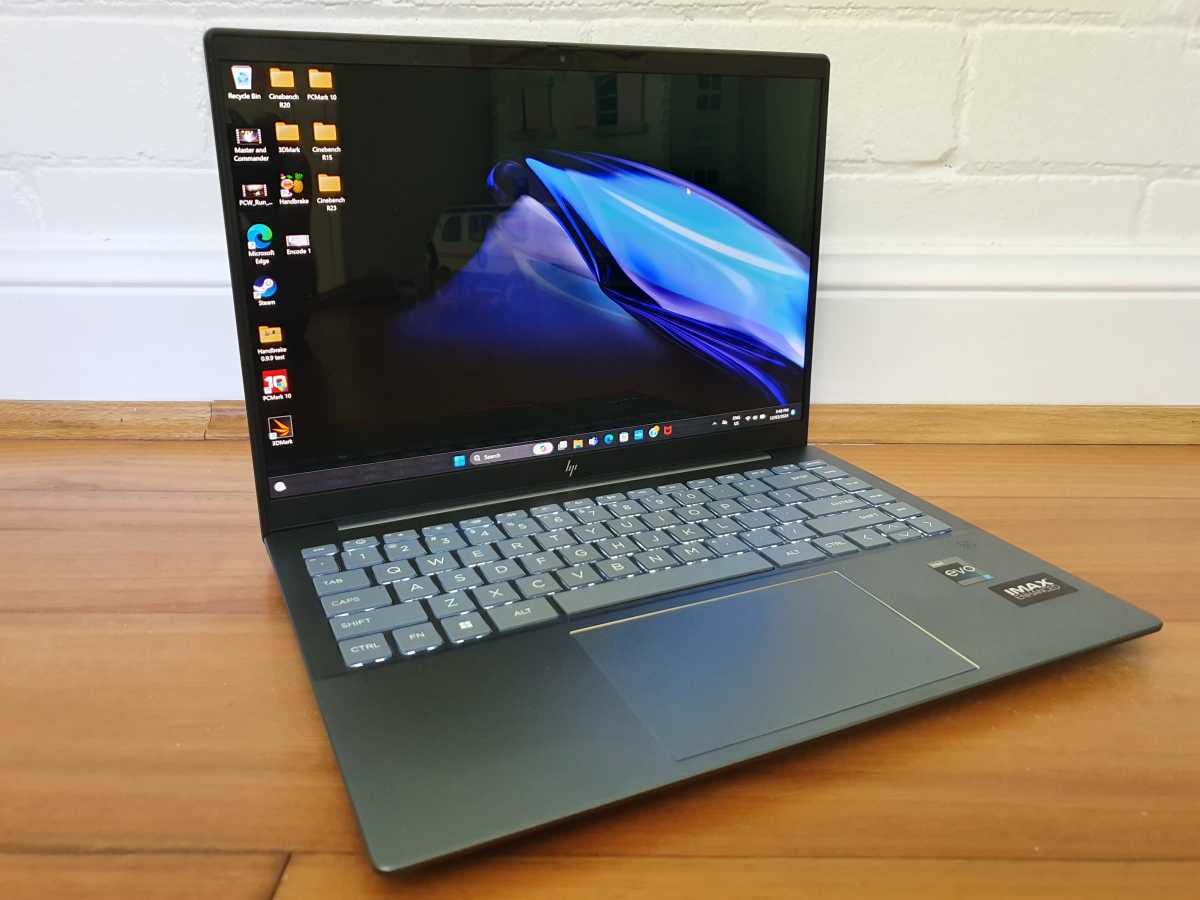
Dominic Bayley / IDG
Dominic Bayley / IDG
<div class="scrim" style="background-color: #fff" aria-hidden="true"></div>
</div></figure><p class="imageCredit">Dominic Bayley / IDG</p></div>The most conventional category of them all, clamshells do not flip, bend, or transform. They merely focus on letting you work with a keyboard and trackpad (or mouse) with the most efficient designs possible.
Even here, though, we can define a handful of subcategories:
- Touchscreen laptops: These allow you to manipulate the screen directly while still resembling a regular laptop. Some regular laptops offer a touchscreen as an optional upgrade.
- Ultraportable laptops: High-end consumer laptops with premium designs focused on portability. These may be informally known as “Ultrabooks” — stemming from Intel’s early-2010s marketing push against the MacBook Air — or just “thin-and-light” laptops. HP’s Dragonfly G4 is our current top pick in this subcategory.
- Gaming laptops: Clamshells with dedicated graphics cards and other gaming-centric features, such as customizable keyboard lighting, unique cooling solutions, and flashy designs. You know them when you see them. Alienware’s m16 R2 is our top pick right now for a gaming laptop.
- Desktop replacements: Heavier laptops with larger screens and powerful CPUs, with battery life and portability as afterthoughts. These tend to have some overlap with gaming laptops, as seen in our best laptops for video editing.
2-in-1 laptops
Beyond the basic clamshell, many PC makers offer laptops that can transform into tablets for drawing, taking notes, reading ebooks, and playing touchscreen games. While there are many kinds of 2-in-1 laptops, they mainly fall into two camps: convertibles and detachables.
Convertibles
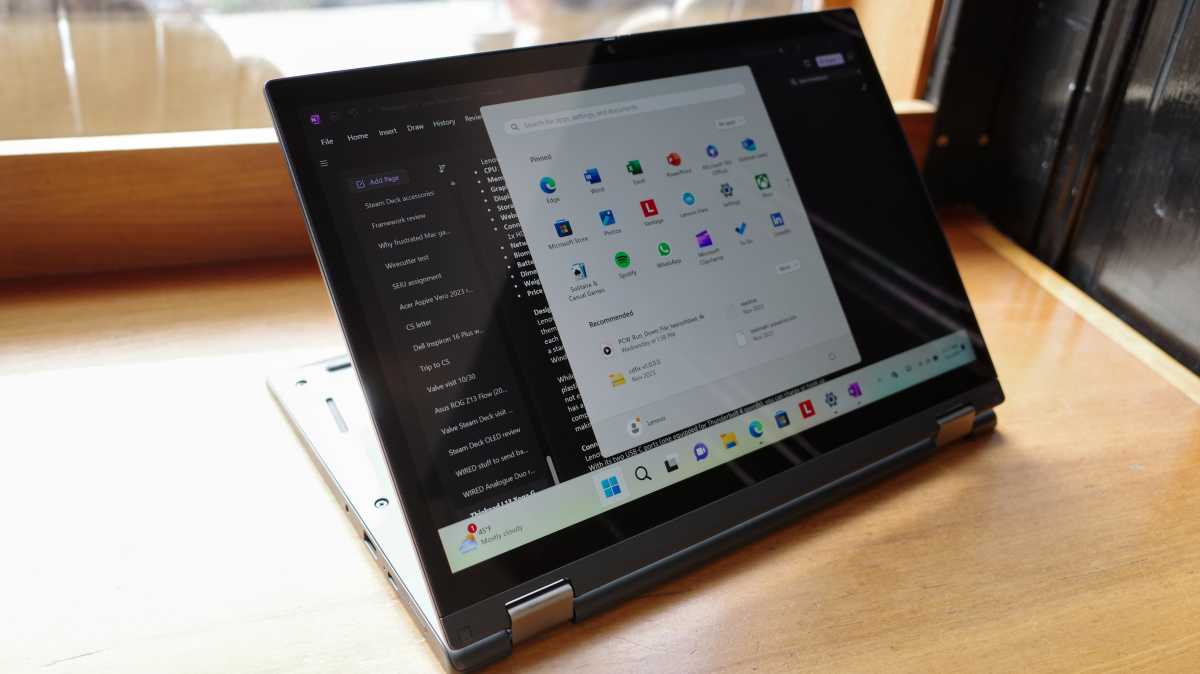
IDG / Brendan Nystedt
<div class="lightbox-image-container foundry-lightbox"><div class="extendedBlock-wrapper block-coreImage undefined"><figure class="wp-block-image size-large enlarged-image"><img decoding="async" data-wp-bind--src="selectors.core.image.enlargedImgSrc" data-wp-style--object-fit="selectors.core.image.lightboxObjectFit" src="" alt="Lenovo ThinkPad L13 Yoga display" class="wp-image-2227107" width="1200" height="675" loading="lazy" /></figure><p class="imageCredit">IDG / Brendan Nystedt</p></div> </div></figure><p class="imageCredit">IDG / Brendan Nystedt</p></div>With convertible laptops, the keyboard section is permanently connected to the screen, but it folds out of the way so you can lay the screen flat in your lap or on a table. While convertibles are heavier and bulkier than detachable laptops, they feel more like traditional clamshells when used in laptop mode. (They do, however, tend to be bulkier than non-convertible laptops.)
Within the convertible subgenre, there are a couple of subtypes:
- 360-degree hinge convertibles have screens that fold all the way around underneath the keyboard — a form made famous by Lenovo’s Yoga line.
- Easel-style convertibles have pivoting screens that lay down on top of the keyboard. These are rarer, but Microsoft’s Surface Laptop Studio and HP’s Elite Folio are notable examples.
Detachables

Mattias Inghe
<div class="lightbox-image-container foundry-lightbox"><div class="extendedBlock-wrapper block-coreImage undefined"><figure class="wp-block-image size-full enlarged-image"><img decoding="async" data-wp-bind--src="selectors.core.image.enlargedImgSrc" data-wp-style--object-fit="selectors.core.image.lightboxObjectFit" src="" alt="Surface Pro 9" class="wp-image-1712920" loading="lazy" /></figure><p class="imageCredit">Mattias Inghe</p></div> </div></figure><p class="imageCredit">Mattias Inghe</p></div>With detachable laptops, the screen portion pulls apart from the keyboard and becomes a standalone tablet. This gives you an uncompromised tablet experience, but with some trade-offs on the laptop front: Because all the computing components must sit behind the screen, it can be top-heavy and may need its own kickstand, so it’s more cumbersome to keep on your lap. Detachables may also be less performant than standard clamshells, whose components can use all the space under the keyboard to dissipate heat.
Detachables themselves fall into a few subcategories:
- Detachables with kickstands, such the Microsoft Surface Pro and Dell’s Latitude 7320 Detachable, have lightweight keyboard covers that snap magnetically to the tablet portion.
- Detachables with hinges, such as Microsoft’s Surface Book and Lenovo’s forthcoming ThinkPad Plus Gen 5 Hybrid, look more like traditional laptops when docked. (The latter actually has a Windows PC in the keyboard base and Android in the screen portion.)
Exotics
Login to add comment
Other posts in this group
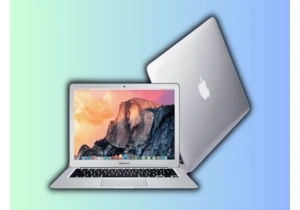
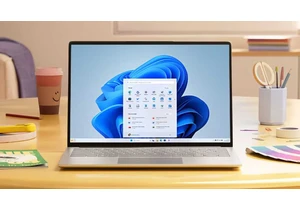
Microsoft has added an OCR function (Optical Character Recognition) t

If you’re reading this anywhere outside of China, you probably haven’

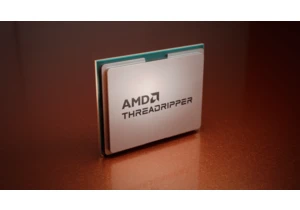
While AMD jacked up the price of its Threadripper Pro chips to equal

First there was Clippy. Now Microsoft Copilot has a face, with reacti

